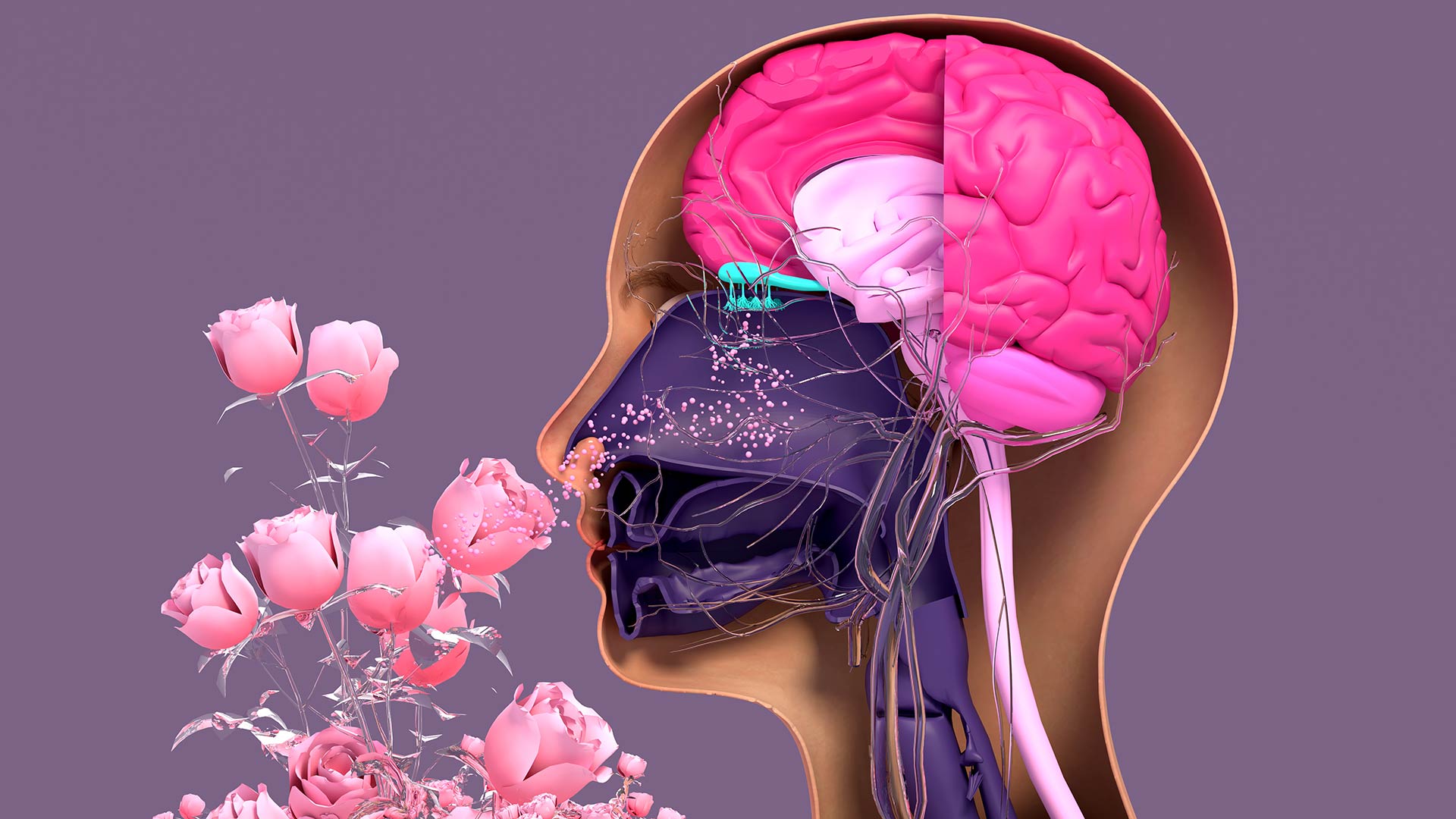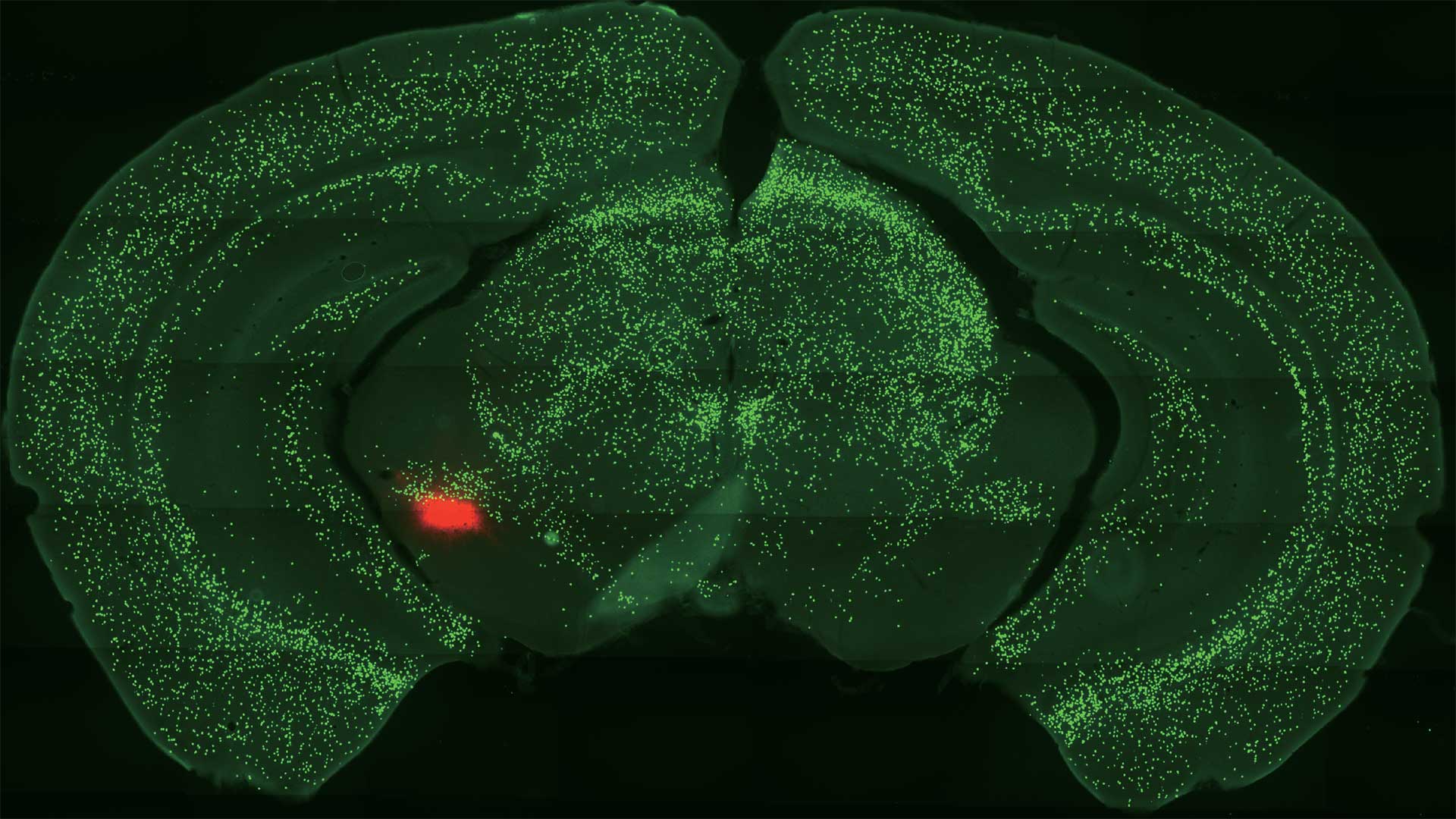Test your science knowledge
A three-pound blob of flesh is responsible for your entire worldview—and not just how you see the world, but all your other senses and your responses to those senses, too. How is this possible? Cold Spring Harbor Laboratory’s cutting-edge research in perceptual science offers some answers that just might blow your mind.
How long, on average, does it take for the human brain to perceive and respond to visual stimuli?
 © mh.desing - stock.adobe.com
© mh.desing - stock.adobe.com
Fruit flies can respond to visual stimuli in less than five milliseconds. Our average reaction time is about 200 milliseconds—i.e., one-fifth of a second. Interestingly, this is also about the amount of time that usually passes between verbal responses in a typical conversation.
Which of your senses is considered most closely related to smell?
 © Design Cells - stock.adobe.com
© Design Cells - stock.adobe.com
The olfactory (smell) and gustatory (taste) cortexes are located very close to one another in the brain. However, recent research suggests that the olfactory cortex may take sounds into account as well. Likewise, the brain’s auditory (hearing) cortex may receive smell signals.
What is the “cocktail party effect” in neuroscience?

Research has shown that a small minority of auditory neurons react strongly when exposed to any specific sound. This finding could help explain the brain’s ability to focus on a particular sensory stimulus, like one voice at a noisy party. Notably, people with hearing impairments, autism, or attention deficit hyperactivity disorder (ADHD) may struggle with this ability.
How many different smells can humans perceive?
 © kittyfly - stock.adobe.com
© kittyfly - stock.adobe.com
Scientists used to think humans could detect 10,000 odors. But we now know that humans can distinguish at least 1 trillion different smells. In fruit flies and mice, scientists have observed that some neurons respond unpredictably when exposed to similar scents. These “unreliable cells” might help us learn to discern very similar odors, like the particular notes in a glass of wine.
The central amygdala is involved in which of the following brain activities?

This tiny, almond-shaped brain structure processes both pain and pleasure and helps us learn what to expect from a given stimulus. Furthermore, research suggests that certain neurons in the central amygdala don’t just respond differently to rewards versus punishments—they also react differently to specific kinds of rewards or punishments, “almost like a sensory” response.

Share your Results:
